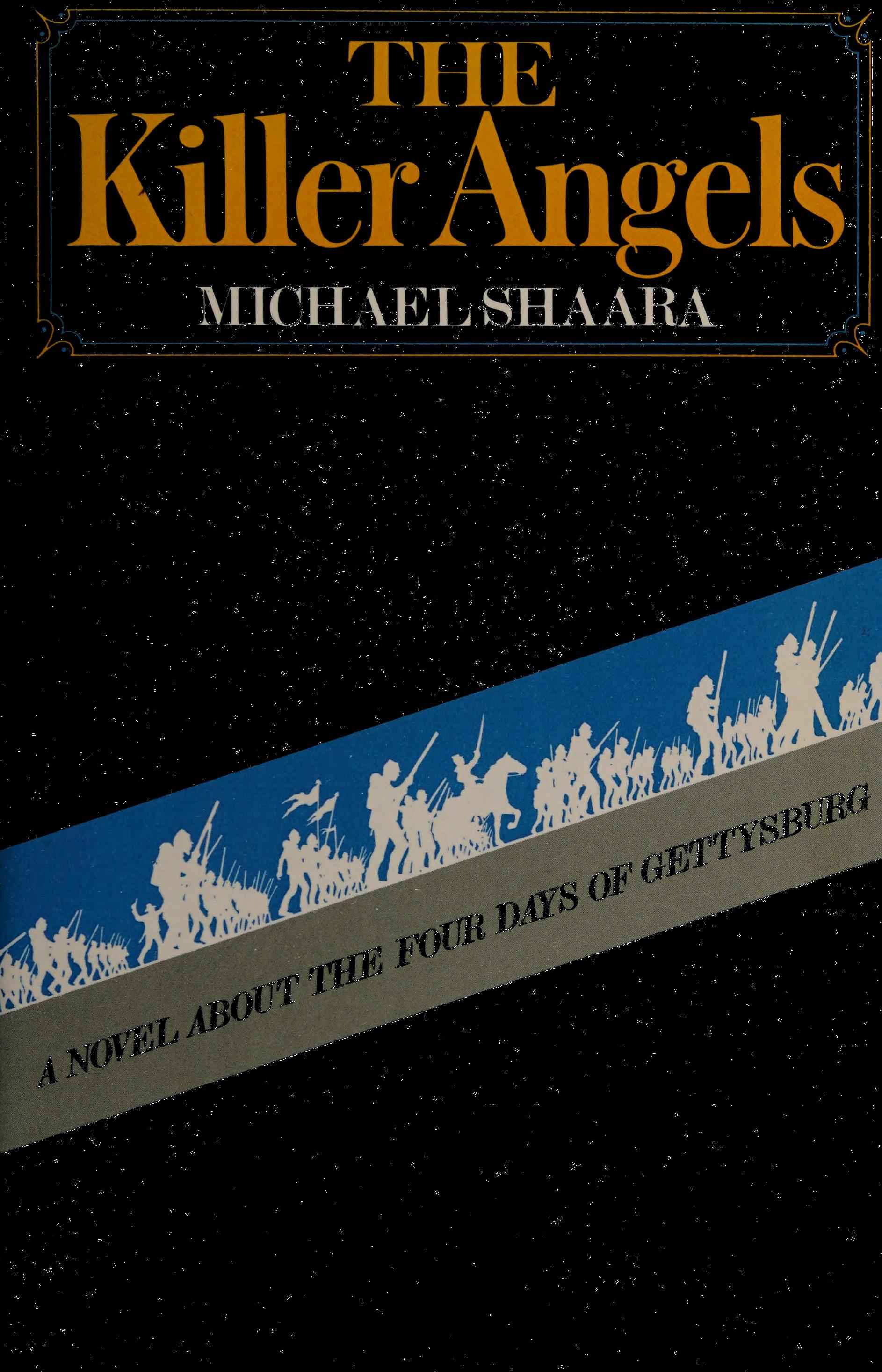Hardcover, 374 pages
English language
Published August 1974 by David McKay Company.

Hardcover, 374 pages
English language
Published August 1974 by David McKay Company.
July 1863. All that month there is heat and wild rain. The Army of Northern Virginia is invading the North. Cherries are ripening in Pennsylvania, and the men eat handfuls of them as they march. The civilians have fled, and houses are dark. The armies move north through the heat and the dust.
General Robert E. Lee has made this daring and massive movement into the North because he is determined to draw out the Army of the Potomac so that he may mortally wound it. He has almost 70,000 men.
His strong right hand is General James Longstreet, a heavy, brooding man, who loves Lee as much as any man in the Confederacy bus has stubbornly argued against this move into the North. Opposing them is an unknown factor, General George Meade. Meade has taken command of the Army only two days before he walks into perhaps the most …
July 1863. All that month there is heat and wild rain. The Army of Northern Virginia is invading the North. Cherries are ripening in Pennsylvania, and the men eat handfuls of them as they march. The civilians have fled, and houses are dark. The armies move north through the heat and the dust.
General Robert E. Lee has made this daring and massive movement into the North because he is determined to draw out the Army of the Potomac so that he may mortally wound it. He has almost 70,000 men.
His strong right hand is General James Longstreet, a heavy, brooding man, who loves Lee as much as any man in the Confederacy bus has stubbornly argued against this move into the North. Opposing them is an unknown factor, General George Meade. Meade has taken command of the Army only two days before he walks into perhaps the most crucial battle of the Civil War. The two armies come together, like two blind men grasping at each other in the dark, in the fields and on the hills of Gettysburg.
In brilliant and compelling detail, Michael Shaara has worked the historical record of those three bloody days at Gettysburg (and the critical day before the battle) into one of the most moving novels about war to be published in our time. Our war, our struggle between brothers. He evokes all of the terror, the sadness, and the glory of the battle and presents unforgettable portraits of Americans like Lee and Longstreet, John Buford and Joshua Lawrence Chamberlain. These men, whose deeds and characters reflect the meaning of the American experience, recall to us what they fought to preserve and what is still of transcendent value to Americans.
Of The Killer Angels Michael Shaara writes:
"Steven Crane once said that he wrote The Red Badge of Courage reading the cold history was not enough; he wanted to know what it was like to be there, what the weather was like, what men's faces looked like. In order to live it he had to write it. This book was written for much the same reason."